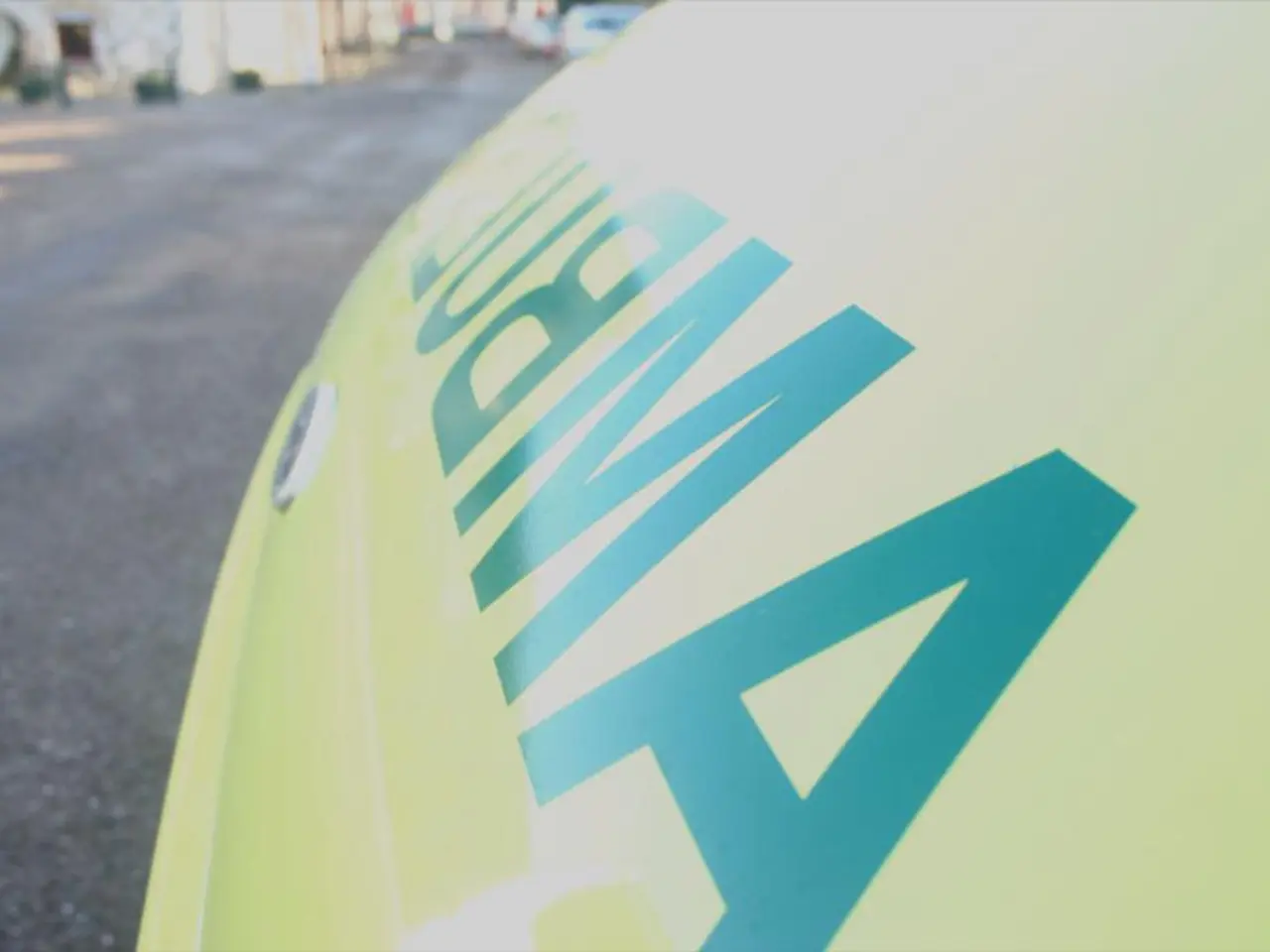The frigid engine fueling our ZEROe aircraft
In a groundbreaking development, Airbus and leading aerospace companies are working together to create innovative cryogenic hydrogen storage tanks for zero-emissions aircraft by 2035. This ambitious project, spanning multiple phases, aims to revolutionize the aviation industry by reducing carbon emissions and paving the way for sustainable air travel.
The development process begins with the design phase, where the focus is on creating lightweight, thermally insulated cryogenic tanks. These tanks are typically cylindrical to minimize surface area and insulation mass, and are often placed in the aircraft fuselage to optimize structural efficiency and reduce drag penalties. Research during this phase emphasizes innovative materials for tank walls and insulation compatible with cryogenic conditions.
Following the design phase, the technology maturation phase (2022–2025) identifies and assesses disruptive aircraft concepts with associated hydrogen storage technologies. This phase is supported by validation and demonstration at component and system levels, evaluating trade-offs such as tank weight, size, and aircraft aerodynamic impacts.
The integration and demonstration phase (2026–2031) incorporates matured tank designs into aircraft prototypes for system integration testing. This includes testing fuel pump performance, thermal management, and propulsion distribution from a single hydrogen reservoir to optimize efficiency and safety.
Comprehensive ground and flight tests are then conducted to validate the structural integrity, insulation performance, fuel management, and operational reliability of cryogenic tanks under realistic conditions, including extreme thermal cycles and loads encountered in flight. The objective is to reach technology readiness level (TRL) 6 by 2031, preparing these tanks for certification and commercial deployment for zero-emission aviation.
The first cryogenic hydrogen tank ever produced at Airbus is currently being built in Nantes, with the tank for storing liquid hydrogen also being manufactured there. The prototype tank is currently being tested with nitrogen, not hydrogen. Work on the second tank is already underway and will take around another year to build and test.
The focus is on optimizing the tank for greater efficiency and reducing its environmental footprint to make the zero-emission aircraft as close to zero emission as possible throughout its life cycle. Chris Redfern, Head of Manufacturing for ZEROe Aircraft and Head of Propulsion Industrial Architect, emphasized the teamwork across sites and the agile methodology's success in delivering a great prototype.
As the project progresses, the next step will focus on fuel cells and how to convert hydrogen into electricity. The ultimate goal is to have a tank ready to install in the A380 demonstrator by 2026-2028. The coldbox, responsible for gasifying the liquid hydrogen, is produced in Bremen.
This pioneering work by Airbus and its partners marks a significant step towards a more sustainable future for aviation, with the potential to transform the industry and reduce carbon emissions significantly. Stay tuned for updates on this exciting development.
- The technology maturation phase (2022–2025) involves assessing disruptive aircraft concepts not only in the aerospace industry, but also exploring innovative solutions in finance, technology, and energy sectors, as these areas play a crucial role in the development and implementation of hydrogen storage technologies.
- In the integration and demonstration phase (2026–2031), Airbus plans to collaborate with experts from various industries such as technology and finance, to ensure the successful integration of matured tank designs into aircraft prototypes, aiming for a sustainable and efficient zero-emission aerospace industry by 2035.








